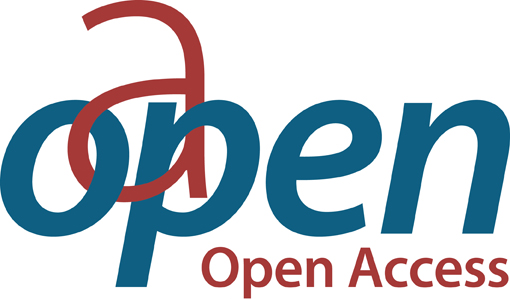Plain of Plenty
Farming Practices, Food Production, and the Agricultural Potential of the Late Bronze Age (1600–1200 BCE) Argive Plain, Greece
Author(s)
Timonen, Riia Elina
Collection
Knowledge Unlatched (KU)Language
EnglishAbstract
<p>The Argive Plain in the northeastern Peloponnese, Greece, was central to the Mycenaean culture during the Late Bronze Age (ca. 1600–1200 BCE). While known for its settlements and treasures, little is understood about its agricultural sustainability. This study examines Mycenaean farming in the Argive Plain and its societal implications, investigating if resource depletion contributed to the Bronze Age collapse.</p><p><br></p><p>Using agricultural potential modelling, it reconstructs farming practices within the region’s political hierarchy, assessing sustainability through food consumption, energy needs, and land usage. Results indicate sustainable agriculture despite challenges like drought. However, ruling elites’ additional production needs may have strained resources. The thesis also addresses estimations of Neolithic and Bronze Age Aegean subsistence space, highlighting the overlooked impact of livestock on agricultural potential. By incorporating dairy and meat production, future models can better represent food production and environmental sustainability.</p><p><br></p><p>This research enhances understanding of Mycenaean agricultural practices before the Bronze Age collapse, illustrating how elite formation likely influenced local communities and broader society.</p>
Keywords
Social Science; ArchaeologyDOI
https://0-doi-org.catalogue.libraries.london.ac.uk/10.32028/9781803278551Publisher
Archaeopress PublishingPublisher website
https://www.archaeopress.com/Publication date and place
2024Grantor
Imprint
Archaeopress Publishing LtdClassification
Archaeology


 Download
Download